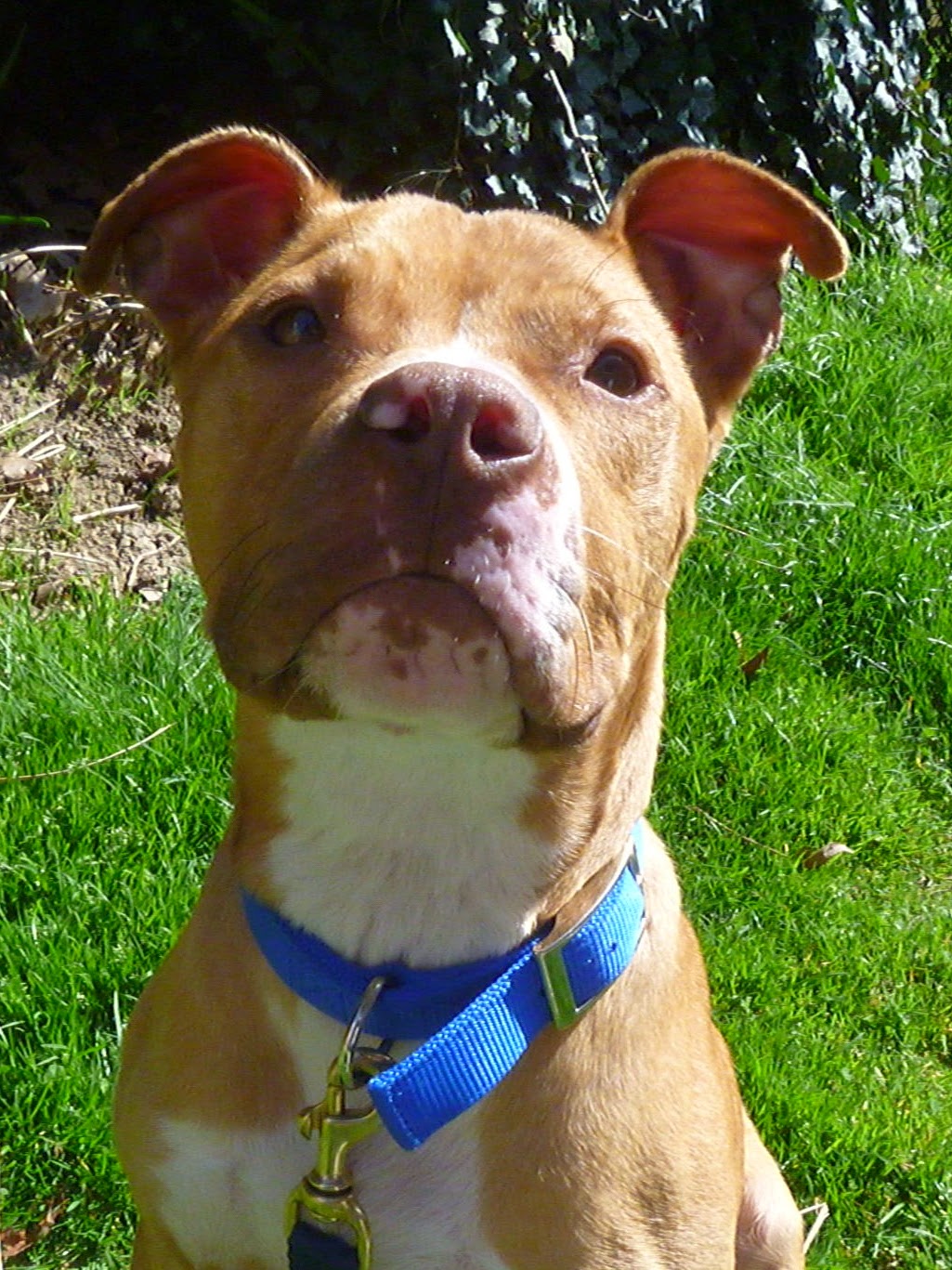A cat that is urinating outside of the litter box—one of the
most common complaints we treat at Wilmington Animal Hospital. Our profession
actually has an official name for this: Feline Inappropriate Urination. This
problem is so common that we’re making this blog a bit longer than usual.
Perhaps you’ve noticed less or no urine in the litter box.
Or maybe your shoes/clothing/bed/bathroom rug/sink/bathtub/favorite expensive
Oriental rug/ [fill-in-your-cat’s-favorite-location-here] has cat urine on it. Maybe
you had been noticing your cat straining to urinate in the litter box or going
back to the box multiple times before noticing these new sites. These are early
clues to the problem.
The causes are numerous. I like to think of the bladder and
its issues as being “downstream” of the cause of the problem. Pun intended, by
the way. Here are a few initiating factors:
·
Physical
problems. Not to belabor the pun, but these can often be the result of
emotional issues—yes, the physical can be downstream of the emotional cause.
But since physical problems can be serious, and in some cases fatal if not
immediately addressed, let’s mention them first.
The most serious: blockage. The
urethra, the tube leading from the bladder to the outside world, becomes
clogged with grit, protein and mucus, or sometimes with a small stone itself.
This is overwhelmingly more common in male cats due to the narrow diameter of
the urethra. If not addressed in 24 hours, the cat becomes very sick. By 48
hours, the cat will die. Since most cat owners are not skilled in abdominal
palpation, if your cat is not passing urine, you MUST take him to the
veterinarian immediately!
Most common: cystitis. This is a
catch-all term for inflammation in the bladder. Actual infections, like with
bacteria, are very uncommon in cats. In fact, since we don’t really associate
any particular bacteria or other organisms with cystitis, we call this
“idiopathic cystitis.” Idiopathic means we don’t know what the cause is.
What we do know is how cats react
when they are dealing with this. The owner will observe frequency of visits to
the box (or other newly favorite sites), straining, maybe passing just drops of
urine (hopefully because the bladder is empty, not blocked!), and maybe the
urine is bloody or blood-tinged. These cats need to visit a vet right away, as
this is very uncomfortable. In fact, male cats can be hours away from blocking.
Sand/grit/stones in the bladder: As
you can imagine, urinating sand through a narrow sensitive tube can be painful.
Stones can cause blockage, even in female cats—and upwards of 25% of cats with
bladder signs can have stones! Sand, as mentioned above, can lead to blockage.
Metabolic problems: These include
diabetes, kidney problems, hyperthyroidism, liver disease, and more. All of
these can result in the cat not feeling well, but also in the production of
larger volumes of urine, saturating the box and necessitating a change to the
sink/bathtub/rug/you get it.
Tumors: Found predominantly in
older cats, these can mimic all the signs of the conditions above. Larger
tumors can sometimes be felt by a skilled veterinarian, but more commonly,
advanced imaging, like ultrasound, is needed for the diagnosis.
All
of these physical conditions can appear very similar, making it very important
that your cat sees the veterinarian immediately.
·
Substrate aversion: This fancy name means the
cat doesn’t like its kitty litter. Cats tend to not like strong odors (what are
you cleaning the box with?), perfumed litter, pelleted litter, non-pristine
boxes, and while we’re at it-- covered boxes (can get too dusty), uncovered
boxes (some prefer covered!), too few boxes (“I’m not stepping in all this
soiled litter!”), too busy and noisy a location, too remote a location (are you
making your arthritic senior citizen cat go up and down stairs?)… You get the
point.
Do you have at least one more box than the
number of cats you have? So 3 cats, you need 4 boxes, at least.
Are you using a multi-cat clumping litter
and scooping it at least twice daily, with a thorough cleaning of the box as
frequently as needed?
For older cats, are the boxes are
conveniently located, and not too high to have to jump into? You can fill the
litter to the top to ease the plunge.
·
Emotional issues: These are so varied that I
could write a very thick book on them. They vary according to the cat’s
sensitivity to stressors. A cat who is bullied by another cat may express this
by inappropriate urination. A high-strung cat may just be generally stressed. Or
a perfectly content cat may be thrown off-kilter by the smell of a cat
urinating outside the window (which is open now because the weather is
milder…).
Some cats are very sensitive to the owner’s
stress and express this with their urinating behavior. “Owner stress” can
include job loss, relationship issues, death in the family, getting ready for
vacation, work-related issues, etc.
General household turmoil can affect cats.
Lots of visitors- kids, adults, contractors. Big evergreen tree appearing in
the livingroom mid-December! A dog (a.k.a. large hairy foreign invader)
visiting, once. A housemate cat—or even dog—recently passed. (Note that cats
have an “unspoken” relationship with every being in the house, so the passing
of another animal, even one that the cat didn’t seem to get along with, can
have a profound effect on the cat’s psyche.)
These are just some of the many causes of feline
inappropriate urination. The take-home point is that your cat may appear
uncomfortable and in need of immediate relief, or may actually be in the throws
of a life-threatening situation. As soon as you notice a problem, get your cat
to your veterinarian so appropriate diagnostic tests and treatments can be
started, and your cat can be on his way to using the litter box again.
